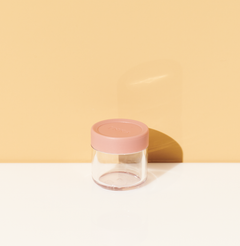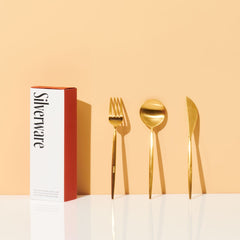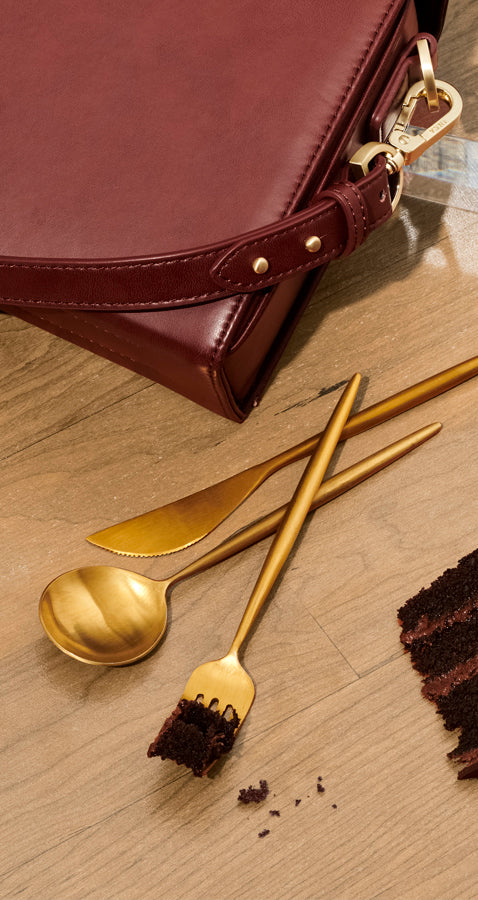One thing we learnt during a long year of WFH is that life without takeout and to-go coffees saves a whole lot of money. But given the newfound proximity to the fridge, it also results in unwelcome snack time. The next time you’re weighing the pros and cons of sushi vs salad for delivery try asking if you can make it - or better yet, prep it - at home.
Why? Here are all the benefits:
Financial
On average, we spend $18 on a takeout meal (thanks inflation!). Consider how many times you order out, and you could be looking at a growing hole in your wallet.
Here’s a back of the napkin calculation showing how much you’re paying for takeout every year – and how much you could be saving:

In other words, you’re spending 3.5 times more on takeout than you are on a home-cooked meal. Just think of all the things you could do with an extra k or two in the bank. You could buy a trip to New Zealand, a vintage sofa, or a Peloton bike (or two!)
Time

In the time it took you to gulp down leftovers, your delivery person hasn't even made it to their bike.
You’re probably thinking pressing a few buttons takes no time at all, but trust us, it all adds up. There’s the time it takes to go out and pick up food, to run down the stairs, to meet the delivery person, and the colossal amount of time spent deciding what to order amongst the sea of restaurants on UberEats.
Yes, someone else is technically doing the waiting, but it all adds up to checking your order status and putting on pants to greet them at the door – instead of sending out those emails!
Environmental
In pandemic times, no more “dining in'' means even more packaging going out, plus carbon emissions from delivery cars.
Let’s take a sec to consider the extra waste being produced when ordering out. There’s the (often toxic and non-recyclable) container, the plastic bag, the paper napkins, and the relentless plastic cutlery - all of which is used for an average of 30 min before it’s tossed. In the US alone, the number of individual plastic utensils wasted clocks in at 40 billion per year!
At INKA, we don’t like that math. The good news is reusing a plastic food storage container just three times on average offsets the carbon footprint of producing it. Even better if it’s recyclable. And just imagine if there were reusable Food Containers designed to be passed down generations and reduce these environmental tragedies - oh wait, there are.
Health & Wellness
When you make your own food it is almost always healthier (especially if you prep’d in advance). Remember you’re not supposed to go to the store starving - the same goes for the pantry. Whether we like it or not, the more we plan, the healthier our meals will be.
And while we recommend going the extra mile and prepping your lunch, it doesn’t mean you need to eat it at your desk. With the time you save prepping, you could spend your lunch hour actually resetting– through a quick spot of yoga or getting some fresh air with your dog.
---
All these reasons are precisely why we felt so strongly about making sustainable solutions for the (home) office and beyond. Because when meal-time/prep is enjoyable, it means fewer visits to the fridge, more $$$ in the bank, and extra time to spend with yourself and your loved ones.
Stuck on how to get started? Check out our Meal Prepping article, packed with tips and tricks for the meal prep averse.
Words by Emilie Swan
If you find yourself wondering how you can still support local restaurants during the pandemic without flexing your takeout muscle, explore our alternative support methods here.















